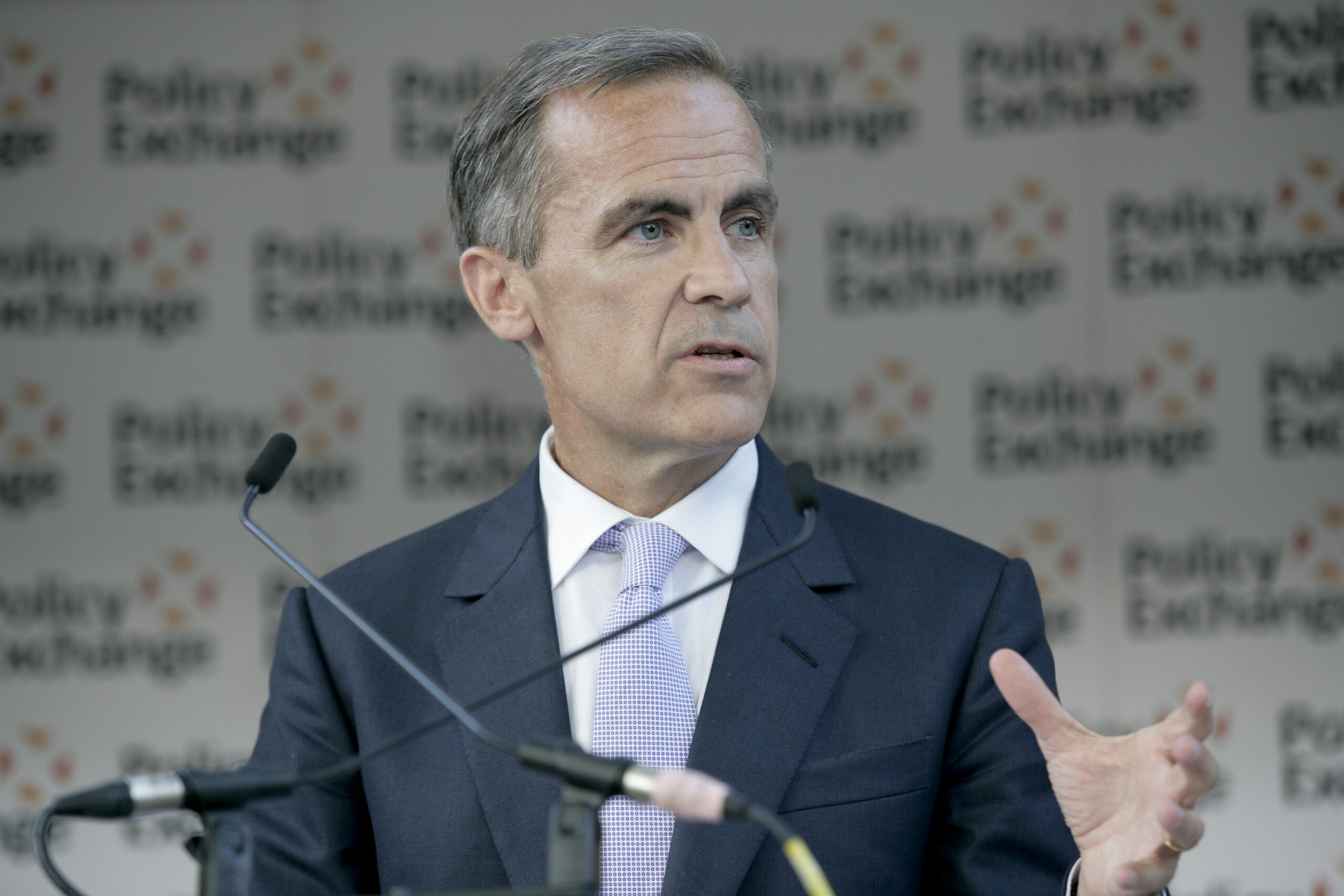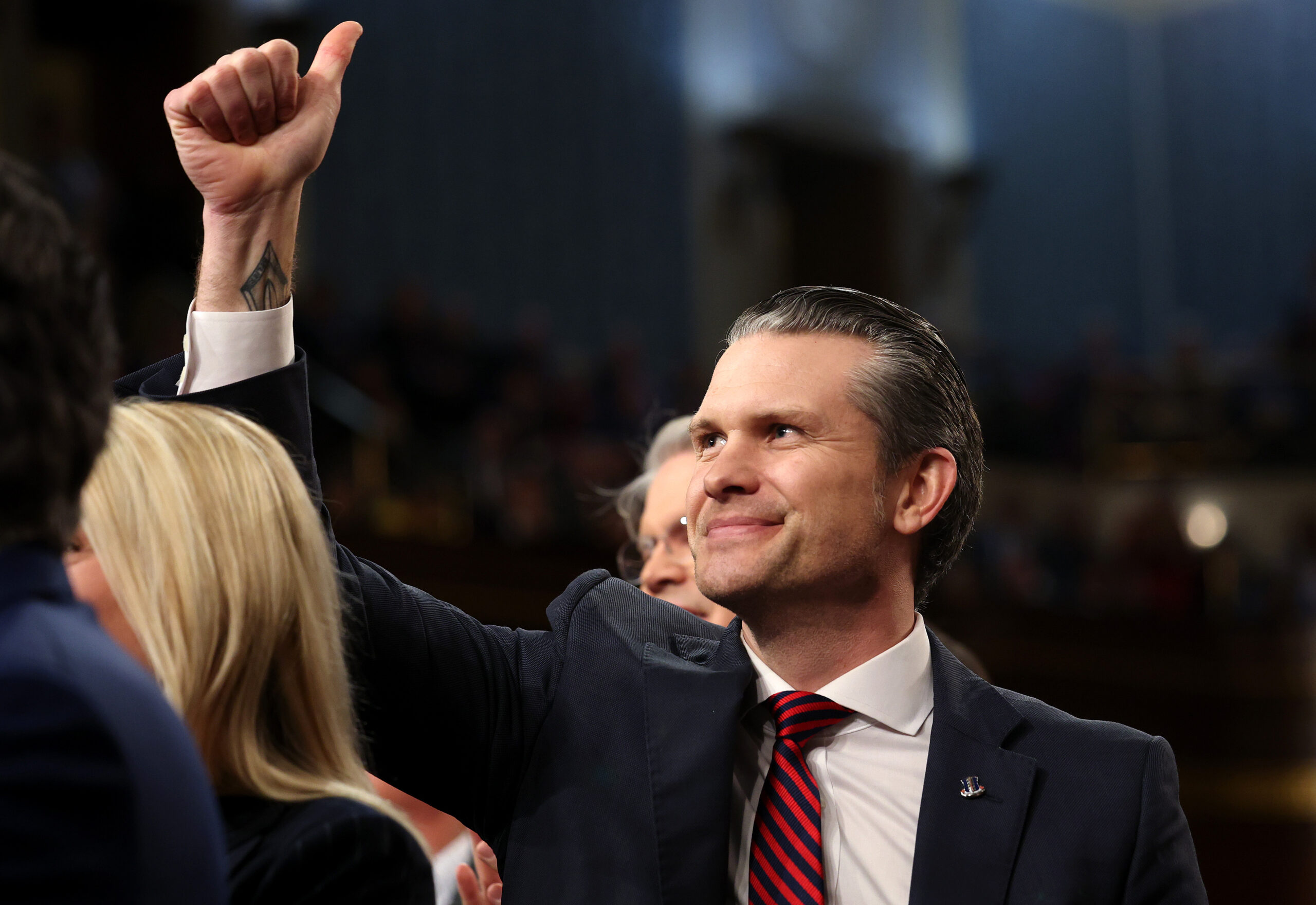
- The 2025 Canadian federal election takes place today (Monday, April 28)
- The Liberals are favored to win the most seats, which is a massive change from a few months ago
- See the latest Canadian federal election odds
The 2025 Canadian federal election takes place on Monday, April 28, with the final polls closing at 7:00 pm PT. When I last covered these odds in mid-January, Pierre Poilievre and the Conservatives were massive favorites to win the most seats, sitting at -4000.
What a difference three months make.
In the wake of Donald Trump winning the US election and making “51st state” comments, anti-Conservative sentiment surged across Canada and the Liberals – who have won three consecutive elections – were the sole benefactor. Now led by Mark Carney, who won the Liberal leadership race in early March, the Liberals are -405 favorites to be sworn in as the next government.
Canadian Election Odds (2025)
On the morning of voting day, Mark Carney and the Liberals are huge -405 betting favorites to be sworn in as the next government and -220 to win the popular vote. That amounts to an 80.20% implied probability to form the next government and a 68.75% implied probability to win the popular vote. Poilievre’s Conservatives are now +270 longshots to form the next government (27.03%) and +150 to win the popular vote (40.00%).
Odds as of 12:45 pm ET at FanDuel Ontario.
Generally, the party that wins the most seats is sworn in as the next government. But, if no parties win a majority of the 343 seats available in the House of Commons, one party will have to form a minority government via coalition with an opponent (i.e. their own seats plus the seats of the other coalition member equal a majority).
The Liberals have had a minority government since 2019. Five seats have been added to the House of Commons in this election cycle (in Ontario, Alberta, and BC), increasing the number from 338 in the 2021 federal election to the current number of 343.
In the 2021 election, the Liberals won 160 seats (10 short of the 170 need for a majority at the time) while the Conservatives formed the official opposition with 119 seats. The Bloc Québécois won the third-most seats (32) while the NDP won 25 and the Greens two (both in on Vancouver Island in BC).
Popular Vote in 2021 Canadian Election
In 2021, the Liberals won 49 more seats than the Conservatives without winning the popular vote. The Conservatives, led by Erin O’Toole at the time, won 33.7% of the national vote compared to 32.6% for Trudeau’s Liberals.
The latest polls from the CBC ahead of the 2025 election showed the Liberals at 42.8% support nationally, 3.6 points ahead of the Conservatives at 39.2%. The NDP had sunk to 8.1%. Back in January, the Conservatives were sitting at 44.2%. At that point, the Liberals were a distant second at 20.1%, polling fractionally ahead of the NDP at 19.3%. Based on those numbers, the Conservatives were expected to win a landslide majority with 227 seats. The Liberals weren’t even favored to be the official opposition; the Bloc was the -195 favorite to win the second-most seats.
Projected Outcome of 2025 Canadian Election
The latest seat projections from 338canada.com have the Liberals winning a majority with 186 seats, followed by the Conservatives at 124, the Bloc at 23, the NDP at nine, and the Greens at just one. The projections at CBC are slightly different: 189 for the Liberals, 125 for the Conservatives, 23 for the Bloc, five for the NDP, and one for the Greens.
As the Canadian federal election approaches, political analysts and pollsters are working tirelessly to predict the outcome of the race. The four main parties vying for seats in the House of Commons are the Liberal Party, Conservative Party, New Democratic Party (NDP), and Green Party. Each party has its own unique platform and vision for the future of Canada, which will ultimately determine how many seats they secure in the upcoming election.
According to recent polling data and seat projections, the Liberal Party led by Prime Minister Justin Trudeau is currently in the lead. The Liberals are projected to win the most seats in the election, but whether they will secure a majority government remains uncertain. Trudeau’s handling of the COVID-19 pandemic and his government’s economic recovery plan are likely to be key factors in determining the outcome of the election.
The Conservative Party, led by Erin O’Toole, is expected to be the main challenger to the Liberals in this election. The Conservatives have been gaining ground in recent polls, with O’Toole’s focus on economic recovery and job creation resonating with voters. While it is unlikely that the Conservatives will win a majority government, they are expected to make significant gains in terms of seat count.
The NDP, led by Jagmeet Singh, is also expected to perform well in the upcoming election. Singh’s focus on social justice issues such as affordable housing, healthcare, and climate change has garnered support from progressive voters. The NDP is projected to win a similar number of seats as they did in the last election, potentially holding the balance of power in a minority government scenario.
The Green Party, led by Annamie Paul, is facing a challenging election campaign. The Greens are projected to win a few seats in the election, but their support has been declining in recent months. Paul’s focus on climate change and environmental issues may resonate with some voters, but it remains to be seen if the Greens can maintain their current level of support.
Overall, the current projections suggest that the Liberal Party is likely to win the most seats in the upcoming election, with the Conservatives as the main opposition party. The NDP and Green Party are expected to win a smaller number of seats, potentially holding the balance of power in a minority government scenario. However, with the election still weeks away, anything can happen, and it is important for voters to stay informed and engaged in the political process.

